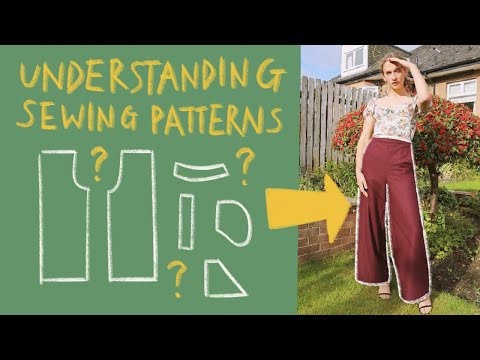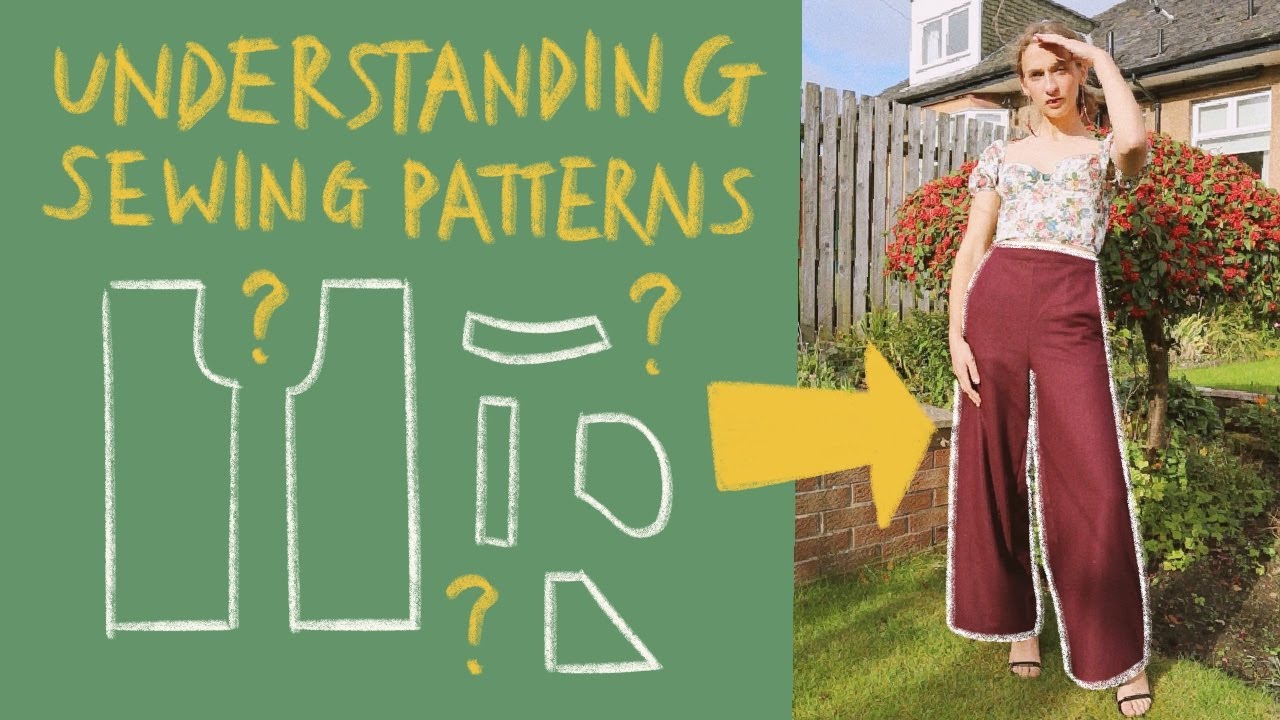Experience the exquisite craftsmanship of our sewed fabric collection. Each piece is meticulously crafted by our skilled artisans, who pour their passion and expertise into every stitch. Our sewed fabric is made from the finest quality materials, ensuring durability and longevity. The intricate patterns and designs are a testament to our dedication to creating unique and visually stunning textiles. Whether you’re looking for a timeless classic or a contemporary statement piece, our sewed fabric has something to suit every taste and style. From elegant dresses to luxurious upholstery, our fabric adds a touch of sophistication to any project. The attention to detail and precision in our sewing process guarantees flawless results, ensuring that our fabric stands the test of time. Discover the artistry and beauty of sewed fabric that will elevate your creations to new heights. Shop our collection today and experience the difference that our sewed fabric can make.

The Art of Sewed Fabric
There is something magical about sewed fabric. It is a skill that has been passed down through generations, allowing us to create beautiful garments, accessories, and home decor. Sewing is not just a hobby; it is an art form. In this article, we will explore the history of sewed fabric, the different types of stitches used, and the benefits of sewing.
The History of Sewed Fabric
The art of sewing dates back thousands of years. In ancient civilizations, people used animal skins and plant fibers to create clothing and shelter. As time went on, the invention of the needle and thread revolutionized sewing. The first sewing machines were developed in the 19th century, making the process faster and more efficient. Today, sewing is a popular hobby and a way for individuals to express their creativity.
The Different Types of Stitches
When it comes to sewing, there are numerous types of stitches that can be used. Each stitch has its own purpose and effect on the fabric. Some of the most common stitches include:
Straight stitch: This is the basic stitch used in sewing. It is a simple up and down motion that creates a straight line.
Zigzag stitch: This stitch is used to prevent fabric from fraying. It creates a zigzag pattern that locks the edges in place.
Backstitch: This stitch is used for reinforcement. It involves sewing backwards and forwards to create a strong and durable seam.
Overlock stitch: This stitch is commonly used in garment construction. It sews over the edges of the fabric, preventing fraying and creating a professional finish.
Blind stitch: This stitch is used for invisible hemming. It creates a nearly invisible seam on the right side of the fabric.
The Benefits of Sewing
Sewing offers numerous benefits, both for the individual and the environment. Here are some of the key advantages:
Creativity: Sewing allows individuals to express their creativity and create unique pieces. From clothing to home decor, the possibilities are endless.
Self-sufficiency: By learning to sew, individuals can mend and alter their own clothing, reducing the need for buying new items. This promotes self-sufficiency and reduces waste.
Stress relief: Sewing has been shown to have a calming effect on the mind. It can help reduce stress and anxiety, allowing individuals to relax and unwind.
Sustainable practice: Sewing promotes sustainability by encouraging the use of natural and eco-friendly fabrics. By making our own clothes, we can reduce our carbon footprint and make more conscious fashion choices.
Social connection: Sewing can also be a social activity. Joining sewing circles or taking classes allows individuals to meet like-minded people and share their passion for the craft.
Conclusion
Sewed fabric is not just a practical skill; it is an art form that allows individuals to express their creativity and create unique pieces. From the ancient civilizations to the modern era, sewing has evolved and become an integral part of our lives. Whether you are a beginner or an experienced sewer, the art of sewed fabric has something to offer everyone. So pick up a needle and thread, and let your creativity soar!
Decoding Sewing Patterns: A Beginner’s Guide
Video Source : Vintage Thirsty
List of Sewed Fabric
Sewed Fabric Information
| Fabric Type | Description | Usage |
|---|---|---|
| Cotton | Cotton fabric is a natural fiber known for its softness and breathability. It is derived from the cotton plant’s seed pods and is widely used in clothing and household items. Cotton fabric is easy to sew, making it a popular choice for beginners. | Cotton fabric is commonly used for making t-shirts, dresses, beddings, and home décor items such as curtains and tablecloths. |
| Denim | Denim fabric is a sturdy cotton fabric characterized by its diagonal twill weave and indigo dye. It is known for its durability and versatility. Denim is a popular choice for creating jeans and other casual wear. | Denim fabric is primarily used in manufacturing jeans, jackets, skirts, and bags. It is also sought after for creating accessories like belts and hats. |
| Silk | Silk fabric is a luxurious, lustrous, and lightweight material. It is derived from the silkworm’s cocoon and is highly prized for its smooth texture and natural sheen. Sewing with silk requires precision and finesse to handle its delicate nature. | Silk fabric is commonly used in high-end fashion, evening gowns, lingerie, and scarves. Its exquisite drape and shimmer make it a favorite among designers for creating elegant and glamorous attire. |
| Wool | Wool fabric is derived from the fleece of sheep or other animals. It is known for its warmth, durability, and natural insulating properties. Wool is a versatile fabric that can be used for both cold and warm weather garments. | Wool fabric is popular for making sweaters, coats, suits, and blankets. Its excellent moisture-wicking properties also make it suitable for activewear and outdoor clothing. |
| Linen | Linen fabric is made from the flax plant’s fibers and is highly breathable and absorbent. It has a crisp texture and natural luster. Linen is known for its strength and durability, making it a sought-after fabric for both fashion and home textiles. | Linen fabric is commonly used for making shirts, dresses, trousers, tablecloths, and napkins. Its natural coolness and ability to resist allergens also make it an excellent choice for bedding and towels. |
As an expert in sewed fabric, I hope this table provides you with valuable information about different fabric types, their descriptions, and common usage. These fabrics offer a wide range of choices for various sewing projects, ensuring that you can create garments and home decor items that are both functional and aesthetically pleasing. Remember to choose the appropriate fabric for your specific project, taking into consideration factors such as comfort, durability, and desired appearance.

